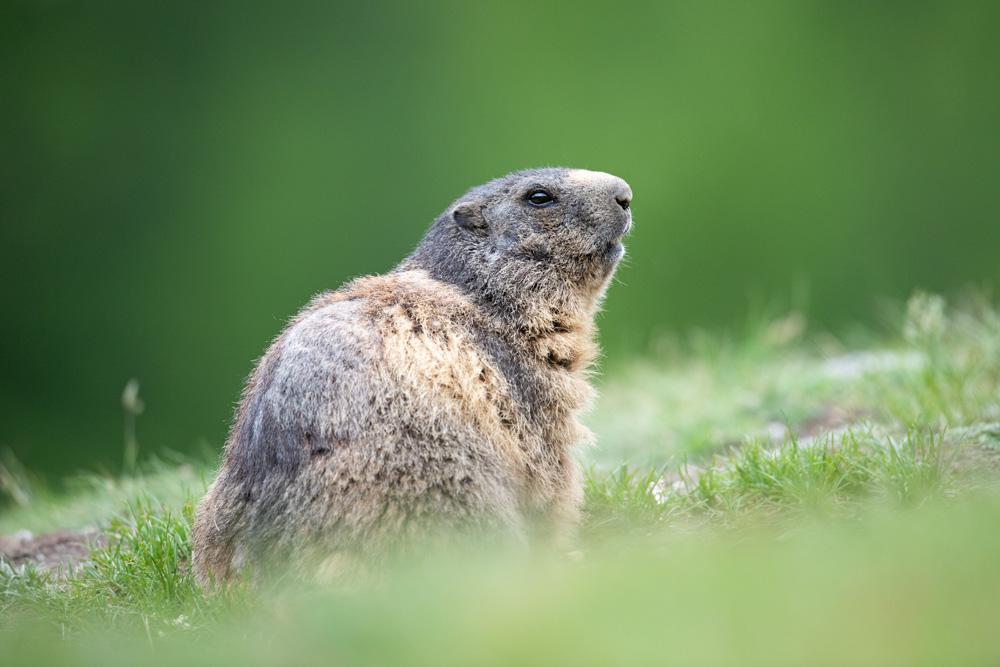Summer's here, and with it comes a few "friends" we could do without : flies and mosquitoes. These two have joined forces to make our lives impossible, harassing us and even biting us through our camouflage gear. We have to put up with them, but it's true that our patience can be tested when we hear these annoying little noises and have to avoid moving...
We visited the Woodpecker family : the "baby" has grown up and is still crying out for food. He's now sticking his head out of the trunk, so we were able to see and immortalize him - a great moment. With one of the parents flying back and forth from trunk to trunk at a frantic pace, we'd like to pay tribute to all the parent birds, as it's back-breaking work with no breaks. The presence of jays in the area also made for a hellish atmosphere, with almost continuous alerts and quite disturbing noise. The little family's doing fine, and very soon the little one will be making his first flight tests. We hope to be able to see him and show you his first attemps.
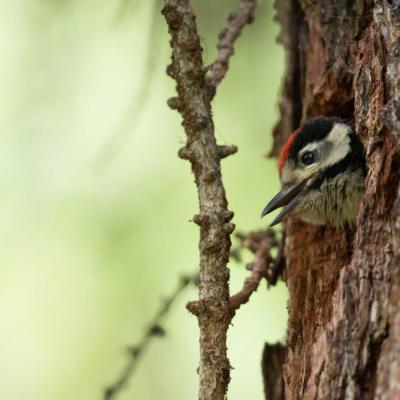
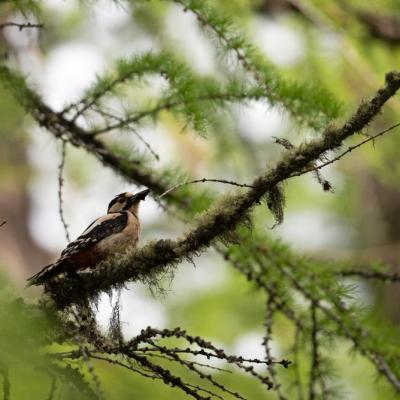
In the Woodpecker family, we also had a visit from the Green Woodpecker one early morning, he came close to our blind. He was more discreet, observing his surroundings before taking off across the meadow in search of a new trunk and larvae to eat.
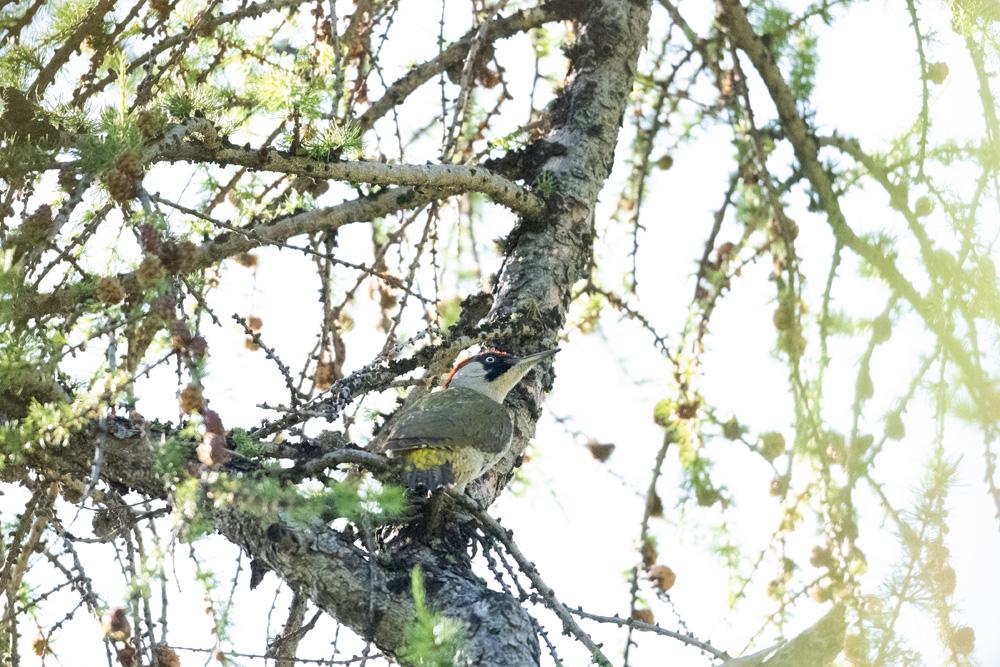
We took advantage of the warmer weather to visit our little friends the marmots, who are always in the mood to put on a show. These rodents of the Sciuridae family mated in May and welcomed the new generation at the end of May, beginning of June. A litter can have between 3 and 5 young, which we call "marmotton" (in french). At birth, they measure 3 cm and weigh around 30 g. Their eyes are closed and they have no hair yet. They had just come out at the beginning of July, and watching them was really funny. Unfortunately, on that day, a disrespectful hiker let his dog run loose, and the dog started chasing the marmots, without any intervention or reminder from his owner. It sometimes upsets us to see that dog owners don't realize that dogs are predators, that instincts are present in many of them, and let them chase wildlife, even laughing about it sometimes. A single bite or kick from a dog can kill a baby marmot. And this is avoidable, as the dog is fed and then kills without any intention of consuming, an unnatural cycle. As we're pretty well hidden, we observe not only wildlife, but also human behavior and actions that sometimes get on our nerves. Fortunately, no baby marmot was injured that day.
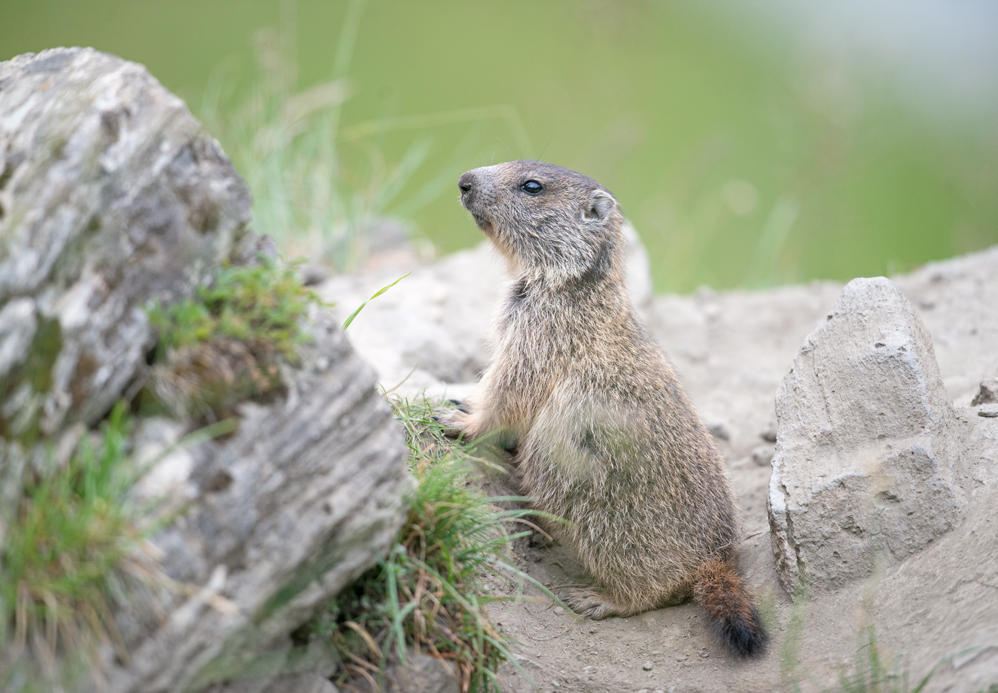
We also had a visit from the Royal Eagle ; high in the sky, he dominated his world. Watching it through binoculars is also a pleasure, and the photo isn't as good as it should have been because of the distance separating us. This "air" predator is impressive not only for his wingspan (between 180 and 234 cm with wings spread) but also for his speed, which can reach 320 km/h. He glides, observes and, once a prey has been spotted, takes a lightning dive. His prey ranges from small rodents to marmots, chamois and ibex's babies. According to studies, the Royal Eagle has nearly 200 prey items on his menu, most of them half the feathered predator's weight. Unlike the Bearded Vulture or the Vulture, he kills his prey and feeds on their flesh. We were happy to see him, as he had never been seen before.

One afternoon, the Royal Eagle's little cousin, the buzzard, landed on a telephone pole as we were driving along. Without missing a beat, we stopped the car and immortalized this magnificent diurnal air predator, which occupies the sky most of the time and is active in the freshly cut fields, searching for small rodents. From her vantage point, she had a splendid view of the surrounding area. Diurnal birds of prey have exceptional eyesight, 8 to 10 times greater than humans. Their visual cells are 5 times more numerous than ours, with 3 times greater optical resolution. To give you an example, a hawk can see an object measuring 2mm at a height of 18 meters, and an eagle can spot an animal measuring 16cm at an altitude of over 1,500 meters !
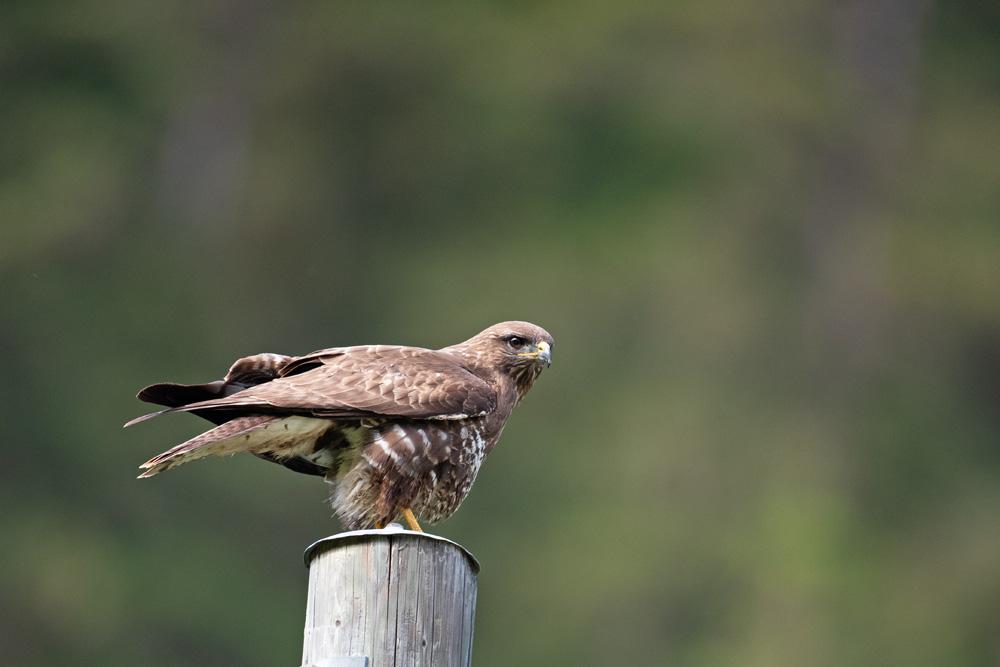
On our way home, we frequently come across hares, which are out in the early evening and at night. One of them wanted to play "hide-and-seek". He opted for "floral" camouflage, innocently thinking that the yellow flowers called "bouton d'or" (Ranunculus) would make him invisible. He stood there, unmoving, trying to fool the "enemy", and we took our time observing him, letting him go off on his own, without scaring him.

We also come across what we'll call the "microcosmos" when we're out. Insects, butterflies, spiders, ants or beetles, it's very interesting to observe them, trying to understand how they function, their eminently important roles in nature and the ecosystem, too often ignored or underestimated. A beautiful Arctia Caja caterpillar (which will become an "Écaille Martre" butterfly) and a number of others butterflies, including "La Petite Violette" (Boloria Dia).
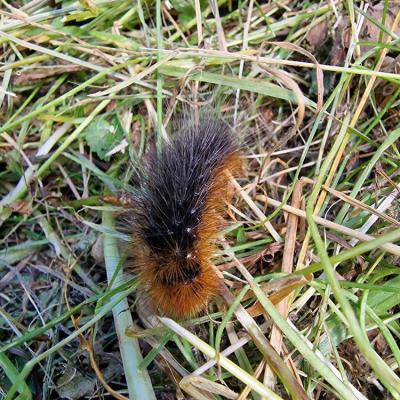
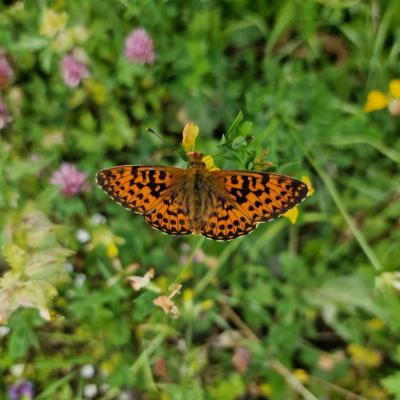
See you soon for more adventures...
Photos : Wolf Mission
